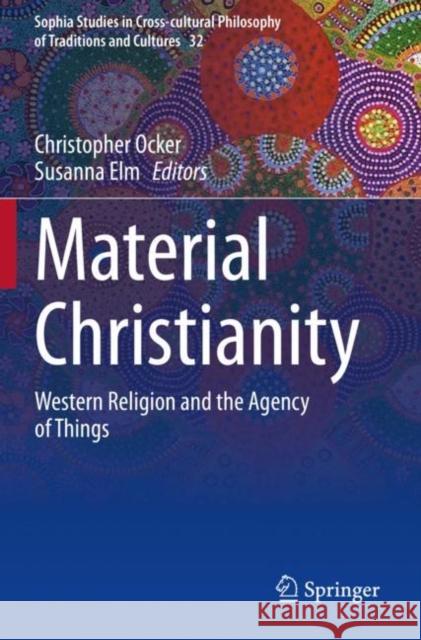Material Christianity: Western Religion and the Agency of Things » książka
topmenu
Material Christianity: Western Religion and the Agency of Things
ISBN-13: 9783030320201 / Angielski / Miękka / 2021 / 249 str.
Material Christianity: Western Religion and the Agency of Things
ISBN-13: 9783030320201 / Angielski / Miękka / 2021 / 249 str.
cena 401,58
(netto: 382,46 VAT: 5%)
Najniższa cena z 30 dni: 385,52
(netto: 382,46 VAT: 5%)
Najniższa cena z 30 dni: 385,52
Termin realizacji zamówienia:
ok. 22 dni roboczych.
ok. 22 dni roboczych.
Darmowa dostawa!
Kategorie:
Kategorie BISAC:
Wydawca:
Springer
Seria wydawnicza:
Język:
Angielski
ISBN-13:
9783030320201
Rok wydania:
2021
Wydanie:
2020
Numer serii:
000450980
Ilość stron:
249
Oprawa:
Miękka
Wolumenów:
01











